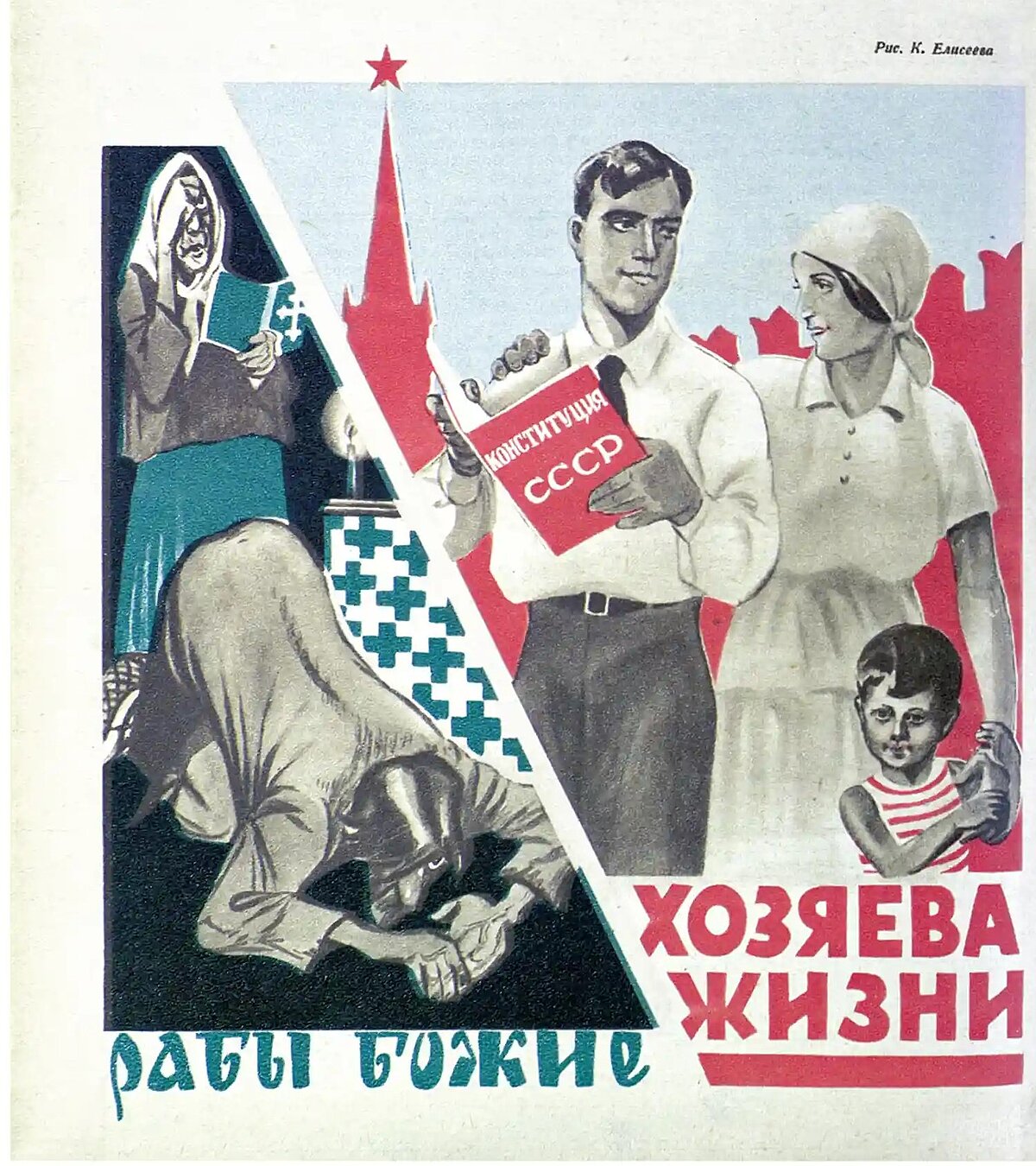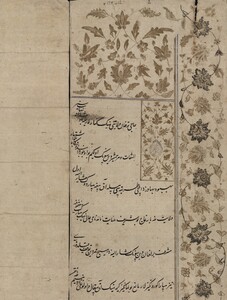Secularism and Religion in the USSR

Religion and Communism: What the Future Could Hold
by Prof. Eren Tasar
July 4, 2023 | 18.00
Sitzungssaal of the Austrian Academy of Sciences
Dr. Ignaz Seipel-Platz 2, 1010 Wien
Please find the POSTER here.
Secularism and Religion in the USSR: Comparative Perspectives on Islam and the Eastern Orthodox Church
July 5, 2023 | 09.00 – 19.00
"Alte Burse" of the Austrian Academy of Sciences Österreichische Akademie der Wissenschaften
Sonnenfelsgasse 19, 1010 Wien
Please find the PROGRAM here.
Public Lecture and Workshop

AFTER THE WAR: CENTRAL ASIA WITHOUT RUSSIA”
by Alexander Morrison
24 October, 18.00
Sitzungssaal of the Austrian Academy of Sciences
Dr. Ignaz Seipel-Platz 2, 1010 Wien
“JOURNAL OF CENTRAL ASIAN HISTORY”
25 October 2022, 09.00 – 19.00
"Alte Burse" of the Austrian Academy of Sciences Österreichische Akademie der Wissenschaften
Sonnenfelsgasse 19, 1010 Wien
and via ZOOM
Please find the PROGRAM here.
Russia’s Muslims and Global Radicalism

INTERNATIONAL WORKSHOP
September 27th, 2022
Clubraum of the Austrian Academy of Sciences
Dr. Ignaz Seipel-Platz 2, 1010 Wien
Please find the PROGRAM AND PANELLISTS here.
By conceptualizing the period from the 1870s to 1920s as the age of steam and print, Nile Green has shown how industrialization provided Muslim intellectuals and activists with ample opportunities to defy colonial power structures and pursue their anti-imperialist agendas. Indeed, there are countless examples of colonial subjects who availed themselves of imperial institutions in subversive manners, as eloquently demonstrated by the work of Michael Laffan. In addition, a number of historians have begun to consider how the global infrastructure of European colonialism enabled fugitives, political dissidents, and outcasts of all walks of life to connect to a variety of currents of thought such as anarchism, socialism, constitutionalism, nationalism, and Islamic reformism.

Turkic: Probing the Frontiers of a Lingua Franca

November 17, 2021
Sitzungssaal of the Austrian Academy of Sciences
Dr. Ignaz Seipel-Platz 2, 1010 Wien
Please find the PROGRAM AND ABSTRACTS here.